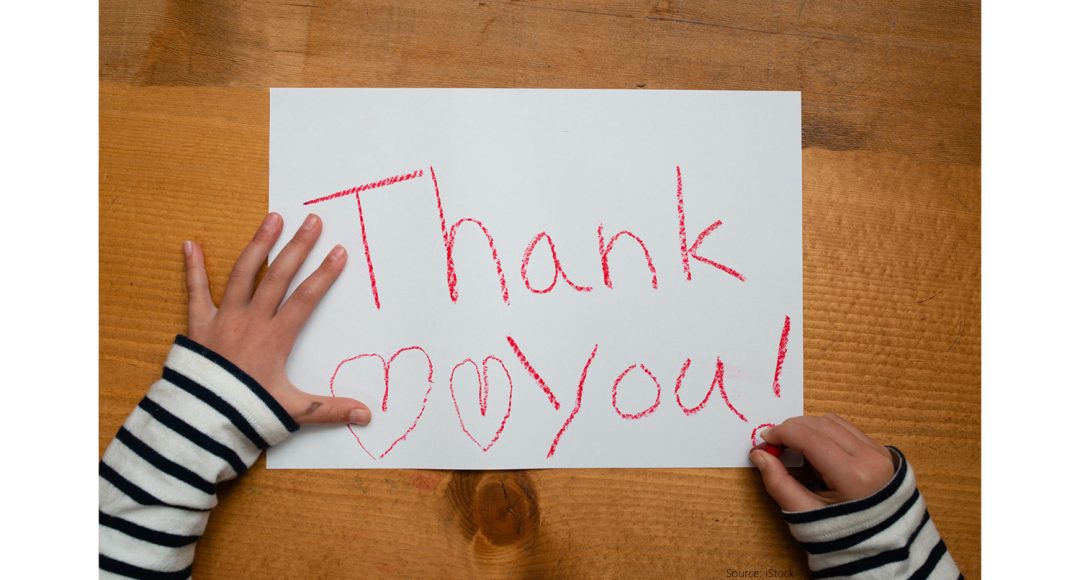
Next week is Thanksgiving…a time for my annual chat about gratitude. Money and gratitude are a powerful combination. Joined hand-in-hand, they keep us grounded.
When is “enough”, enough?
Jean Paul Getty, the American-born British petroleum industrialist who founded the Getty Oil Company, was worth more than $6 billion at the time of his death (which would be approximately $21 billion today). But once asked how much money he needed to feel secure enough to pay the ransom requested by the kidnappers of his grandson, he responded, “More!”
When is what we have “enough”? When do we stop wanting more and start being grateful and content for what we have? And how do we teach our children to feel that what they have is enough?
Helping kids feel grateful
When it comes to being grateful with money, it helps to start by setting goals for their money with each money choice (save, spend, donate and invest). This delays gratification long enough for kids to stop, think, and reflect on what they want to do with their money. Using all four choices also helps them understand they can do more with money than just spend. Exercising their power to “donate” gives them a sense of stewardship (caring) for others beyond themselves. All good things.
My parents and grandparents were big on saying thank you and acknowledging generosity. They taught me that it was important to thank people – sincerely – for any gift that was bestowed on me. As a kid, well, it was not easy. I simply did not see the point.
Gratitude in writing
But I was still given the task of making sure I handwrote a thank you to each and every person that gave me a gift. That could be a gift of time or talent or a birthday or holiday gift. The point was that in writing that note, I was given the opportunity to reflect on that gift I was given. Each note got me closer to the sense of gratitude and thus, feeling that in my life I had enough.
Thank you notes – or in today’s world email thank you notes – gave me gratitude “muscle memory”. Each time I wrote that note I was forced to reflect and (eventually) really appreciate what had been done for me. It stopped me from simply looking for the “next thing” coming my way and to really appreciate what I already had in hand.
Strengthen the gratitude muscle
I have raised my own kids to do this task each year. I ask you, dear parents and guardians, to think about doing the same. Give your children the gift of reflection and appreciation of what they have. Ask them to do the simple task of saying thank you to those who have given them a gift. Over the years, my proudest moments as a mom have been when people share my kids’ thank you notes with me – a note so thoughtful and special that they wanted me to see it. In reading these shared notes, I could see my kids got it – they felt gratitude. And for that, I was so very grateful.
I don’t think people stop, think and reflect enough. We are big fans here at Money Savvy of the “stop, think and reflect” mantra before you spend by setting goals for your money. But there are other ways to practice this skill, and thank you notes are one way your kids can practice that process.
Thank you notes help your child to really stop and appreciate what someone else did for them. And, as a result, each note strengthens the gratitude muscle. The muscle you need to eventually be grateful for what you have and feel that it is finally, enough.
Happy Thanksgiving, everyone! And thank you, for the last 22 years of support in our mission to help kids get smart about money. It has been my privilege to have this assignment in life.
I am so grateful!
Susan





Leave a Comment